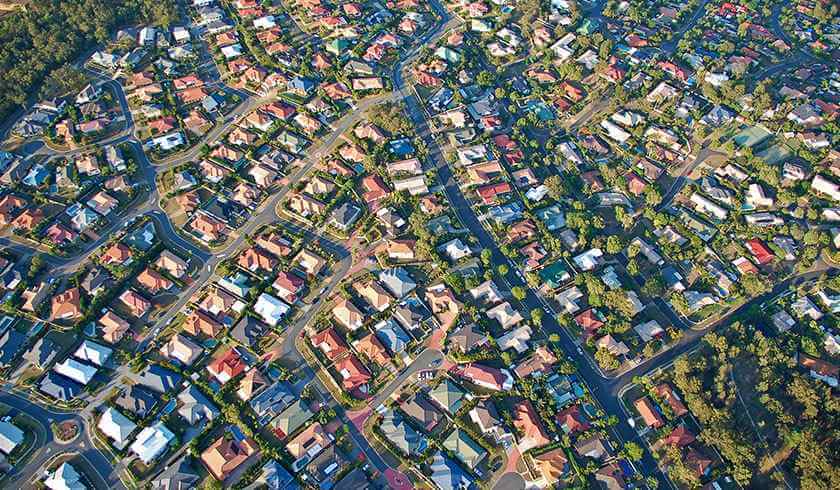Will Labor’s negative gearing policy improve housing affordability?
According to this property expert, Labor’s negative gearing policy will see Australian investors move into other investment classes, which will effectively reduce supply of property and increase rental prices over time.

Labor’s negative gearing policy has been built off false numbers and illegitimate claims of stimulus and jobs growth, said property investor and co-host of the Property Couch, Ben Kingsley, during his appearance on the Smart Property Investment Show.
The traditionally Labor-voting investor insisted that he is strongly against Labor’s policies on negative gearing and capital gains tax, which may push him over the edge to prefer another party in the 2019 federal election.
Mr Kingsley said: “The fundamental concerns I have with [Labor’s negative gearing policy]... is that it’s detrimental to the property market, which subsequently is detrimental to jobs, which is detrimental to the economy growing, which is detrimental to prosperity and the standard of living.
He continued: “They had the argument that they were going to keep housing more affordable and also spin off all this new revenue, these tax receipts, and that was going to be great for all of the schools and hospitals that they wanted to build.”
“Only problem Phil is, they had their numbers wrong, and they weren’t just a little bit out, they were significantly out,” Mr Kingsley told host Phil Tarrant.
According to Mr Kingsley, Labor had constructed their negative gearing policy off the belief that “7 per cent of all investors” in Australia bought new properties, while the remaining “93 per cent” bought existing property.
Labor assumed that their negative gearing policy, set to only apply to new investments from 1 January 2020, was going to stimulate an abundance of property investors to rush off and purchase new property, Mr Kingsley said.
He asserted that the reality is that Australian property investors are already buying “around 40-45 per cent new” investment properties as it stands.
“So, they had the parliamentary budgeting office do some modeling, which is what they were using for their $35 billion in forward estimates of tax receipts. Bottom line is this, those models were built on moving from 7 per cent to 22 per cent,” Mr Kinglsey stated.
He added: “So the models fall away completely if it is 45 per cent, because effectively it won’t have any stimulus, it won’t have any growth in jobs, it will just put property prices to a low valuation.”
“And as people move their money into other investment classes, it will make the supply side lower, which means high rent. So it’s not good,” Mr Kingsley concluded.

